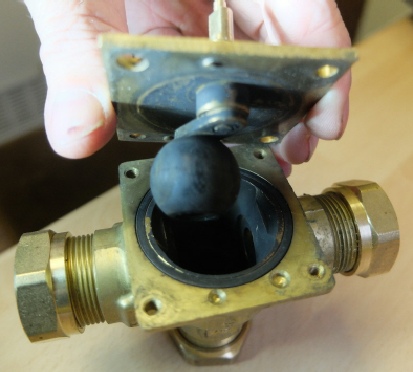Indeed - they are diverter valves, not 'mid-position' ones. As I said, I don't really understand what use one would make of the 'auxillary switch.
As a slight tangent, whilst we are discussing this topic, can anyone explain to me how the traditional 2-port motorised valves (with a synchronous motor and a auxiliary contacts) actually work, since I've never really understood ...
... what happens when the motor has fully opened the valve, but still has power applied (until the requirement for heat ceases and the controlling voltage is removed)? Does the motor 'stall', but still continue drawing current? - or does it keep turning (against some sort of 'slipping clutch') - or what? I have several MVs in my system, all of which have been in service for just over 30 years and, if I recall correctly, I have only once had to replace the motor in one of them. However, if they were spending long periods 'stalled' or working against a 'slipping clutch' I would have expected much poorer survival than that.
Kind Regards, John


